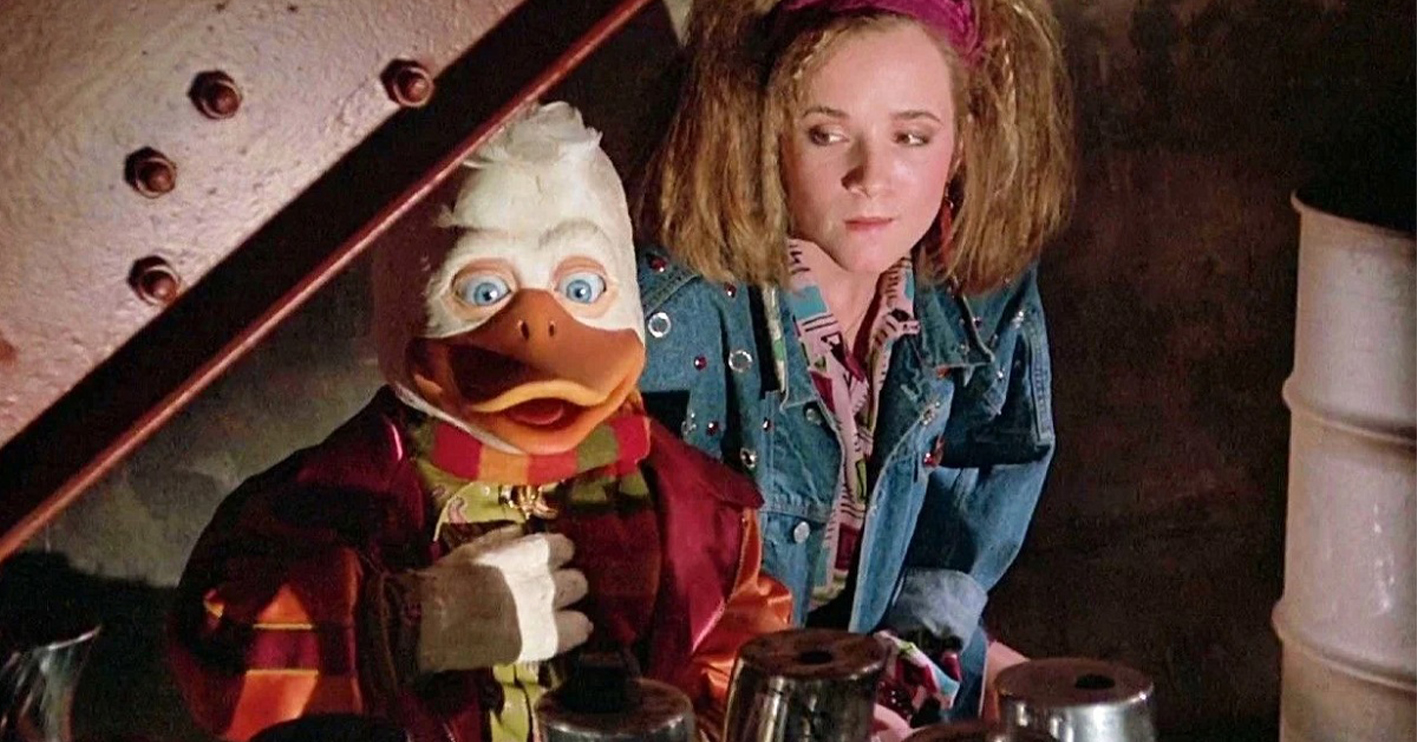Today, comic label-turned-movie studio Marvel completely dominates the box office, but they didn’t get off to the most auspicious start. 1986 saw the release of Howard the Duck, the first theatrical film based on a Marvel comic book, and produced by no less than Star Wars and Indiana Jones creator George Lucas.
Alas, the result was somewhat less than a blockbuster. Howard the Duck proved to be one of the most infamous misfires of the 80s, and here’s a bit of detail on what happened…
20. George Lucas wanted to make the film before Star Wars
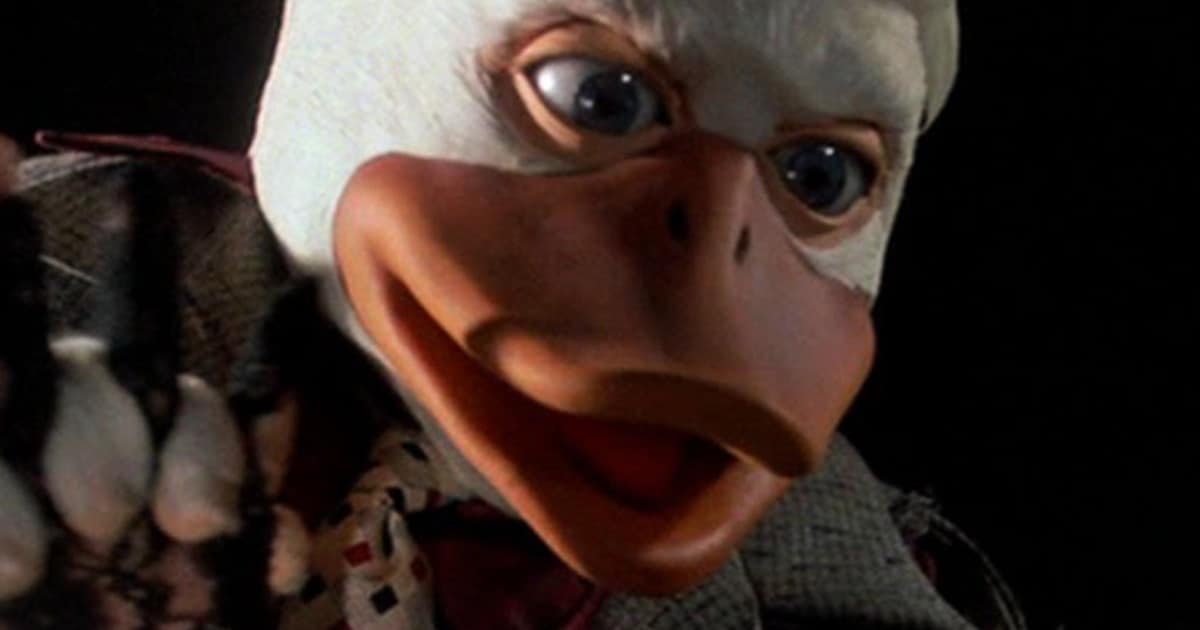
Howard the Duck was created in 1973 by Marvel writer and artist team Steve Gerber and Val Mayerik. The character made his first appearance in Marvel title Adventure into Fear, in 1973, which coincidentally was the same year that writer-director George Lucas had a career breakthrough with his second film, American Graffiti.
By 1976, when Lucas was hard at work on Star Wars, Marvel gave Howard the Duck a comic of his own. Lucas was a fan of the book right away, and discussed making a movie adaptation with his American Graffiti co-writers Willard Huyck and Gloria Katz. This project soon went on the back-burner, however, as the unexpected success of Star Wars meant that Lucas had to prioritise its sequels.
19. The film was originally going to be animated
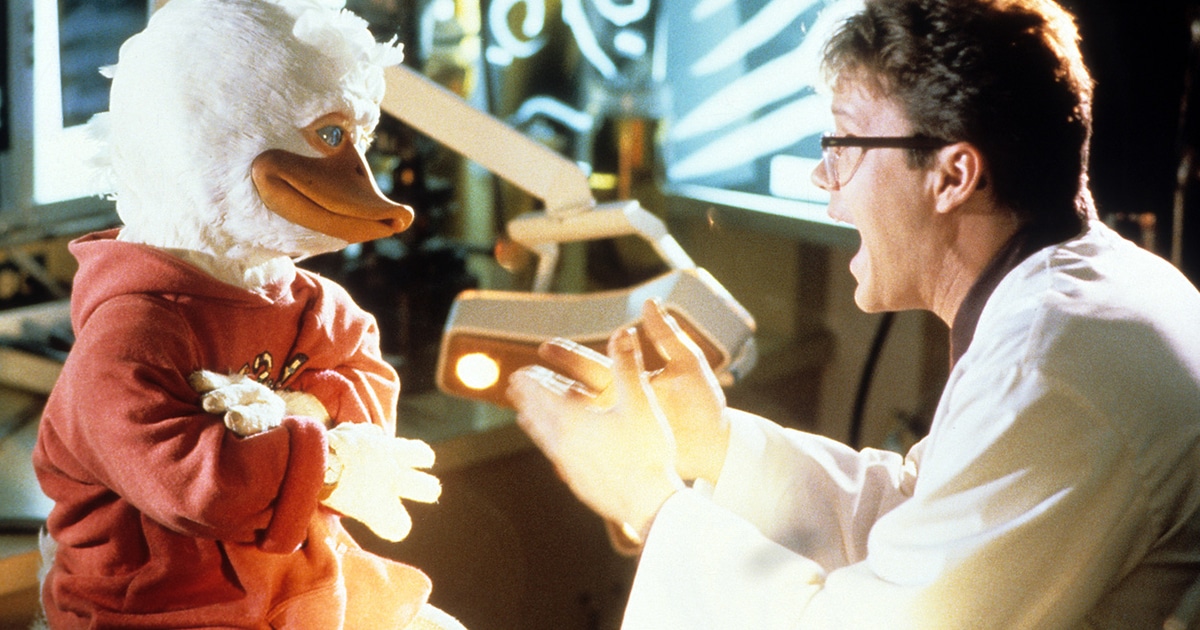
Howard the Duck was hardly the best known Marvel comics character, so initially the filmmakers struggled to get a movie adaptation off the ground. Even so, the huge success of the Star Wars and Indiana Jones movies meant that the attachment of George Lucas’ name alone was enough for the project to gain some momentum.
After the project was pitched to several major studios, Howard the Duck finally found a home at Universal. However, as keen as the studio were on the project, there were disagreements behind the scenes almost immediately. Originally the filmmakers had hoped to make Howard a full-length animated movie, but this was scrapped for fear it would be too expensive and time-consuming.
18. The studio made the filmmakers explore Howard’s origins in the movie
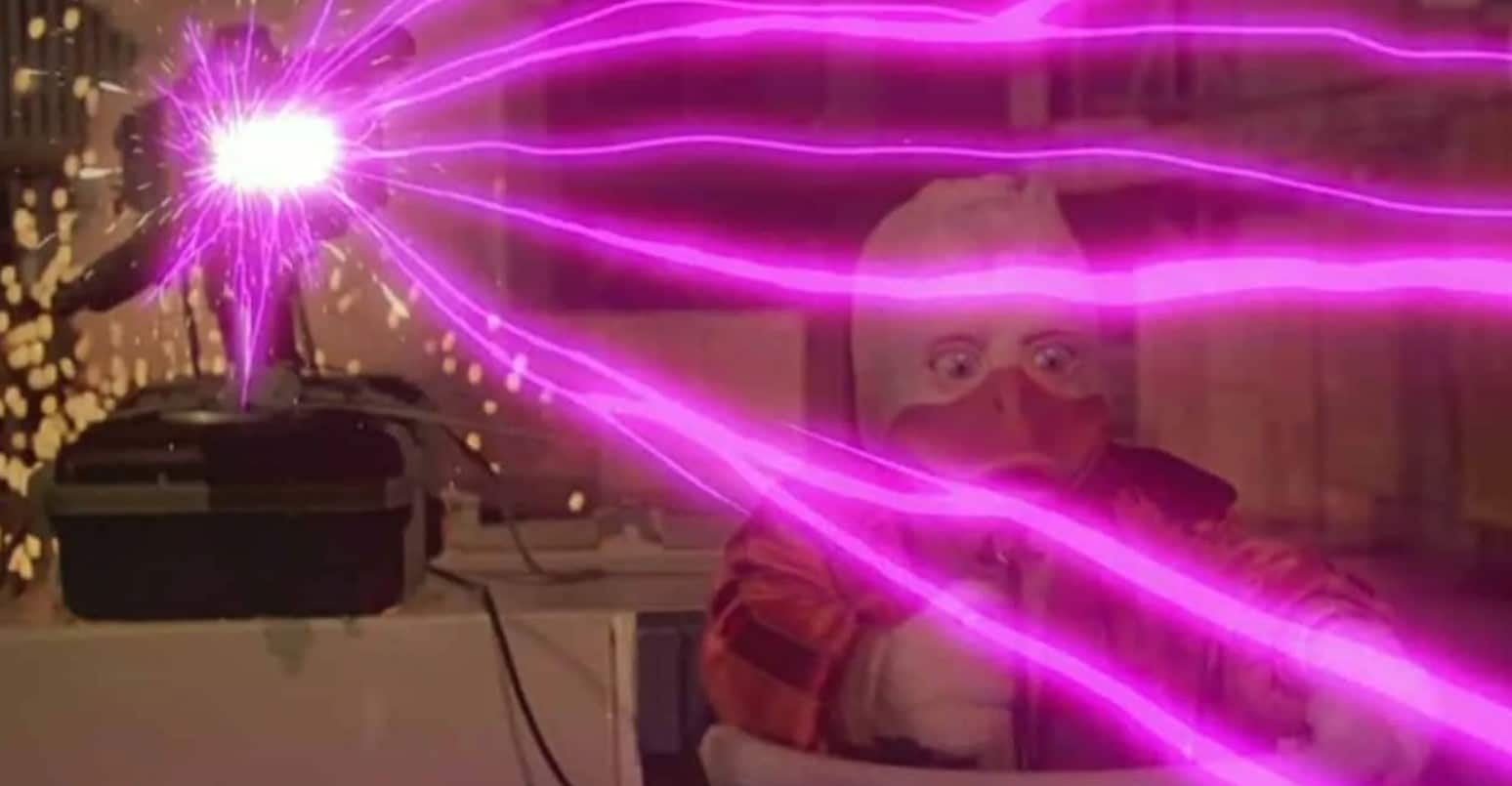
The Howard the Duck movie revolves around the title character being mysteriously transported from his home on ‘Duckworld’ to far-off Earth, on the other side of the universe. Subsequently, the film’s plot revolves primarily around Howard’s efforts to get back home. However, this was not what the filmmakers had originally intended.
Co-writer and director Willard Huyck recalls: “We had written a whole different script. George’s idea was to not have an origin story. We had Howard as a private eye in Hawaii, and the audience would just have to accept that as normal, but the studio said, ‘No, you have to explain how he got here.’” In order to follow these instructions, the screenwriters begrudgingly started from scratch.
17. Howard was originally going to be created with CGI
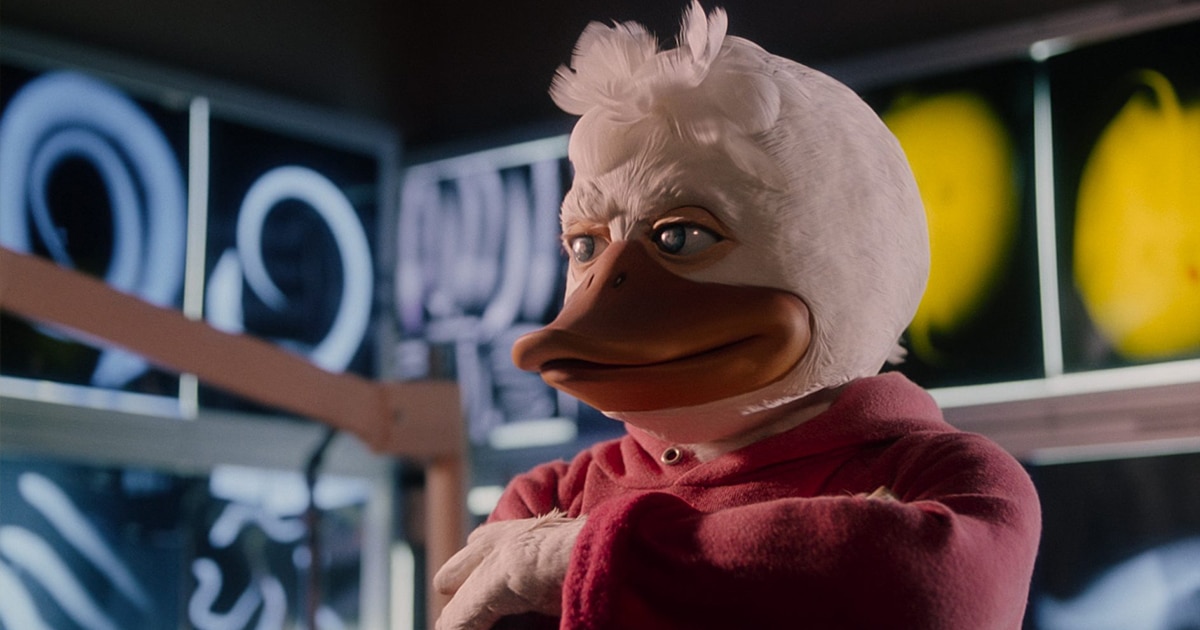
As the founder of FX house Industrial Light & Magic, George Lucas has been a pioneer in the field of visual effects. Early on, the plan was for Howard the Duck to provide a showcase for the next generation of visual effects: computer-generated imagery. Animators at Lucas’ special effects company Industrial Light & Magic planned to bring Howard to life digitally.
Unfortunately, the CGI of the time was still quite primitive, and tests proved unsuccessful. After this, the team planned to use a puppet, but this approach also failed. Finally it was decided the best approach would be to cast dwarf actors and put them in a suit, with several puppeteers controlling the facial expressions.
16. Lea Thompson had to spend two hours getting her hair done every day
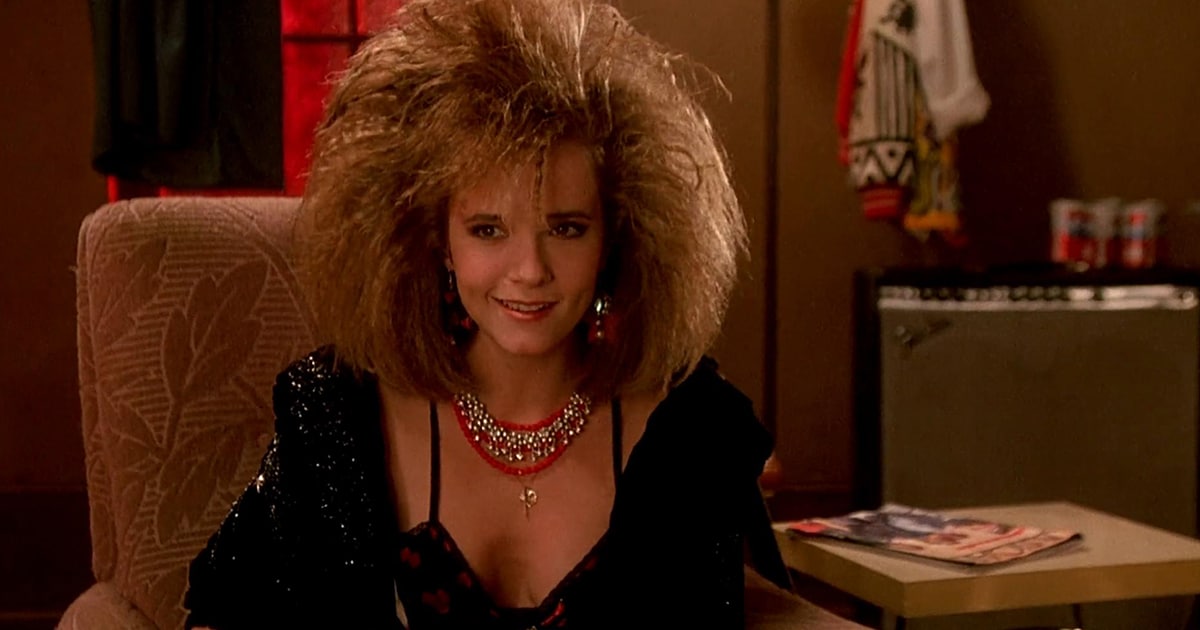
While Howard may be the title character, the movie’s human lead is Lea Thompson, who landed the role fresh from her appearance in 1985 blockbuster Back to the Future. As Beverly, the rock singer who befriends the displaced anthropomorphic duck, Thompson sports eye-catching big hair that absolutely screams ‘the 80s’.
Thompson later expressed regret that she didn’t wear a wig for the role, as she had to spend two hours getting her hair styled that way every day of the shoot. The actress’ demanding schedule also included vocal training (she does all her own singing in the film) and learning to play guitar, which was completely new to her.
15. Pop star Thomas Dolby wrote the songs
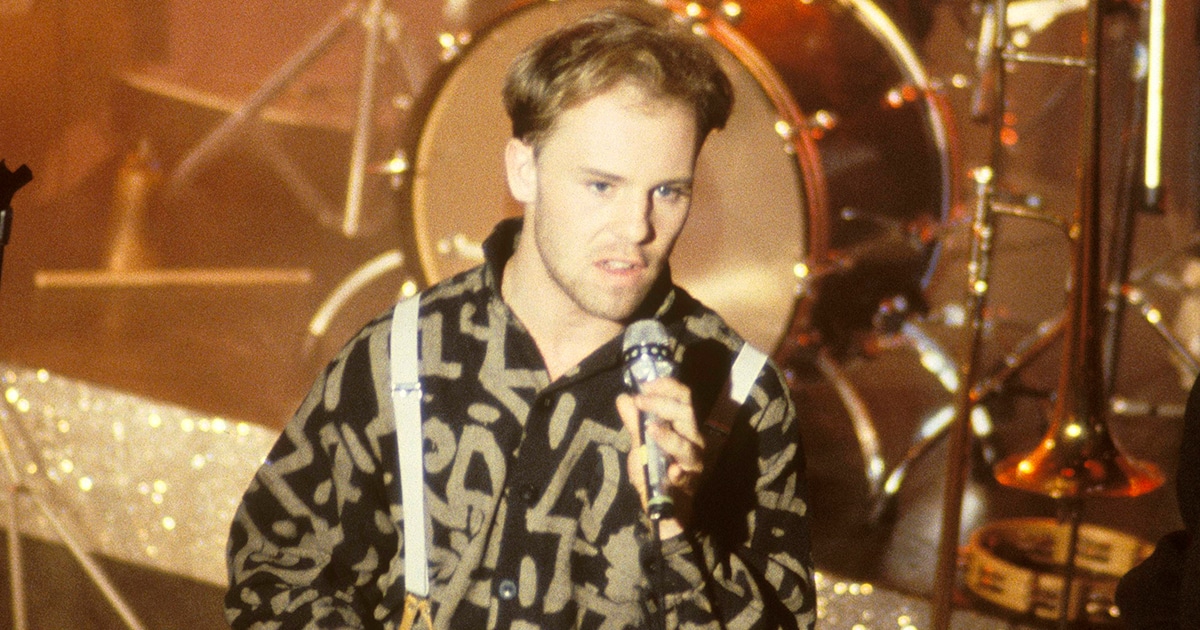
Lea Thompson’s Beverly fronts a new wave rock band called Cherry Bomb. The band perform several original songs in the movie, including Hunger City, It Don’t Come Cheap and Don’t Turn Away. All these songs were written by Thomas Dolby, the synth-pop musician best remembered for his early 80s hits She Blinded Me with Science and Hyperactive!
As well as writing the songs, Dolby chose the members of Cherry Bomb, all of whom (aside from Thompson) were experienced musicians. Thompson also provides the vocals on the title song, Howard the Duck, performed in the movie’s rock concert finale. This track was co-written by Dolby and George Clinton, of legendary funk bands Parliament and Funkadelic.
14. John Landis turned down George Lucas’ offer to direct
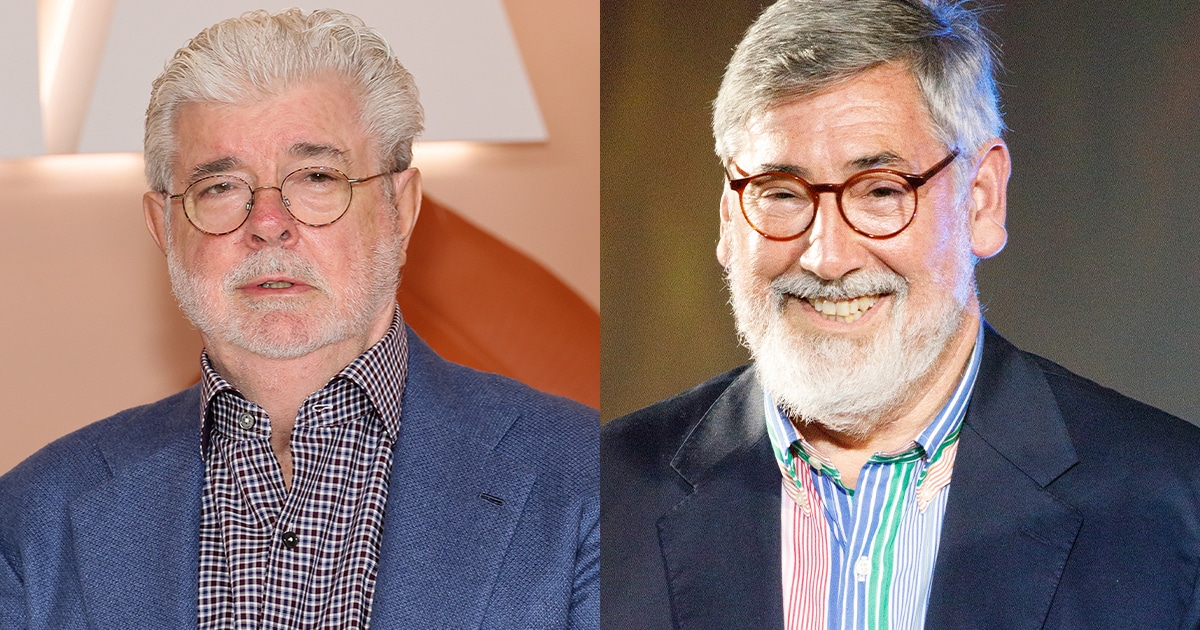
Howard the Duck director Willard Huyck wasn’t a novice (he’d previously directed Messiah of Evil, French Postcards and Best Defense), but he hadn’t taken the helm on quite so large a film before. Originally, George Lucas had offered the director’s chair to someone rather more seasoned: John Landis, filmmaker behind such hits as The Blues Brothers, An American Werewolf in London and Trading Places.
However, Landis had his plate full: he directed three films in 1985 and 1986 (as well as being on trial over a fatal accident on the set of Twilight Zone: The Movie). He passed on Lucas’ offer, which led the producer to give Huyck the reins. Lucas later remarked that Landis turning down Howard the Duck was “my greatest regret in my career,” believing Landis would have made the film “far more successful.”
13. The film was a critical and commercial disaster

Howard the Duck wasn’t the easiest production. It was given a fairly short production schedule, and problems behind the scenes (particularly the technology to bring the title character to life) saw the filmmakers go significantly over-budget. Once completed, the film had reportedly cost around $37 million to make, a huge sum of money for a movie at the time.
This might have paid off, if Howard the Duck had enjoyed similar box office success to most other films produced by George Lucas. Unfortunately, the film was met with a less than enthusiastic response. Released to US theatres in August 1986, it wound up earning only $16 million domestically, and was widely savaged by critics.
12. The film’s overseas marketing erased any mention of the hero being a duck
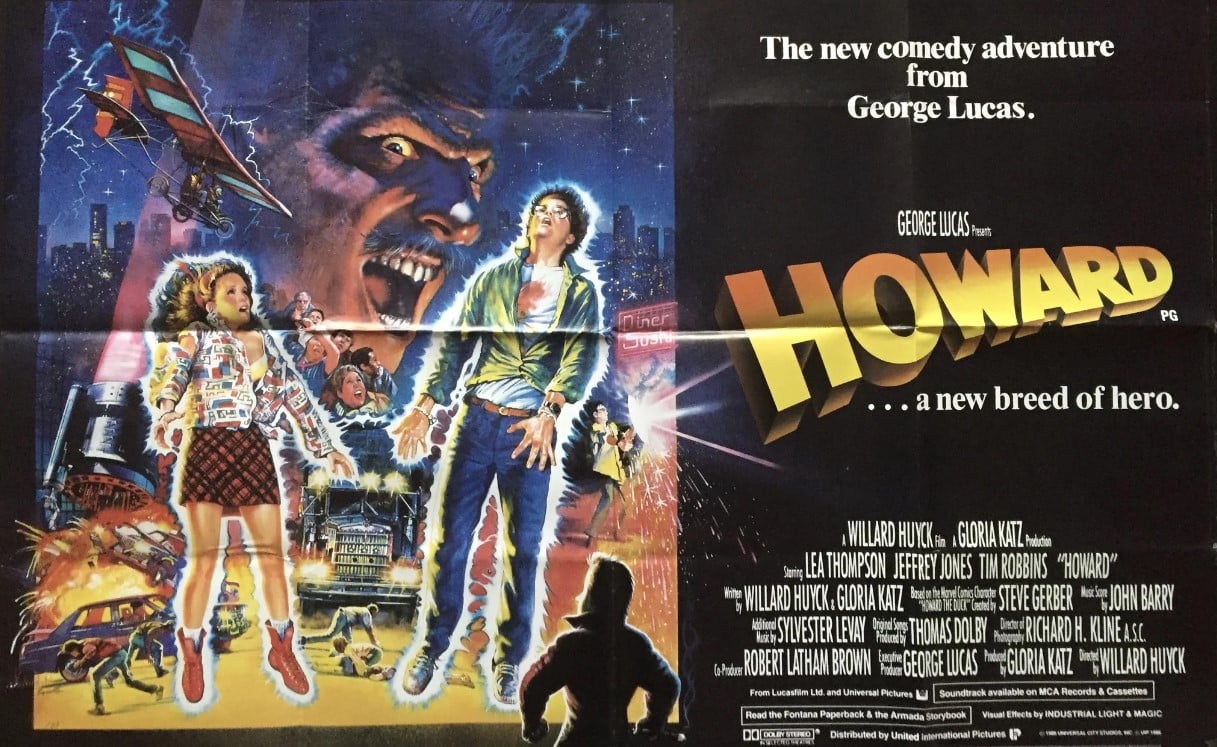
After Howard the Duck bombed hard on its home soil, it was hardly surprising that studio Universal were very concerned about the film winding up a big money-loser abroad. Anxious to boost the film’s appeal to audiences worldwide, they released it to some international markets under the new title of Howard: A New Breed of Hero.
As if the title change wasn’t enough, they also slapped the film with entirely new marketing materials which all but erased any hint that the film featured a talking duck. Sadly for the studio, this was all in vain. Howard the Duck grossed around $38 million globally, just barely recouping its budget but totally failing to make a profit.
11. Lea Thompson later became a character in the Howard the Duck comics
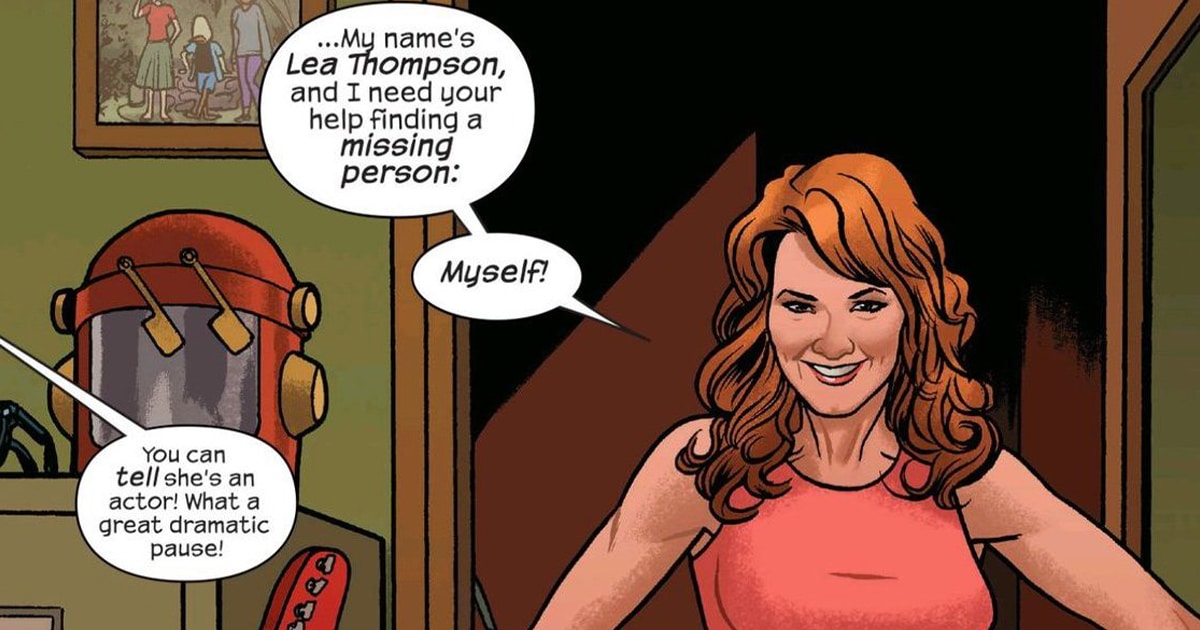
Howard the Duck proved a major black mark on the resumes of all involved. Willard Huyck never directed again, and it would be eight years before he and Gloria Katz had another screenplay produced (another flop entitled Radioland Murders). Lea Thompson briefly bounced back with 1987’s Some Kind of Wonderful, but she never headlined another major film.
Over time, Howard the Duck has built a cult following as a guilty pleasure movie. In more recent years, some key figures from the movie have embraced this – notably Thompson. In a fun, meta twist, the Beverly actress agreed to her likeness being used in a 2016 storyline in the Howard the Duck comics, in which the actress ‘appeared’ as herself.
10. Howard’s creators were shut out of the film’s production
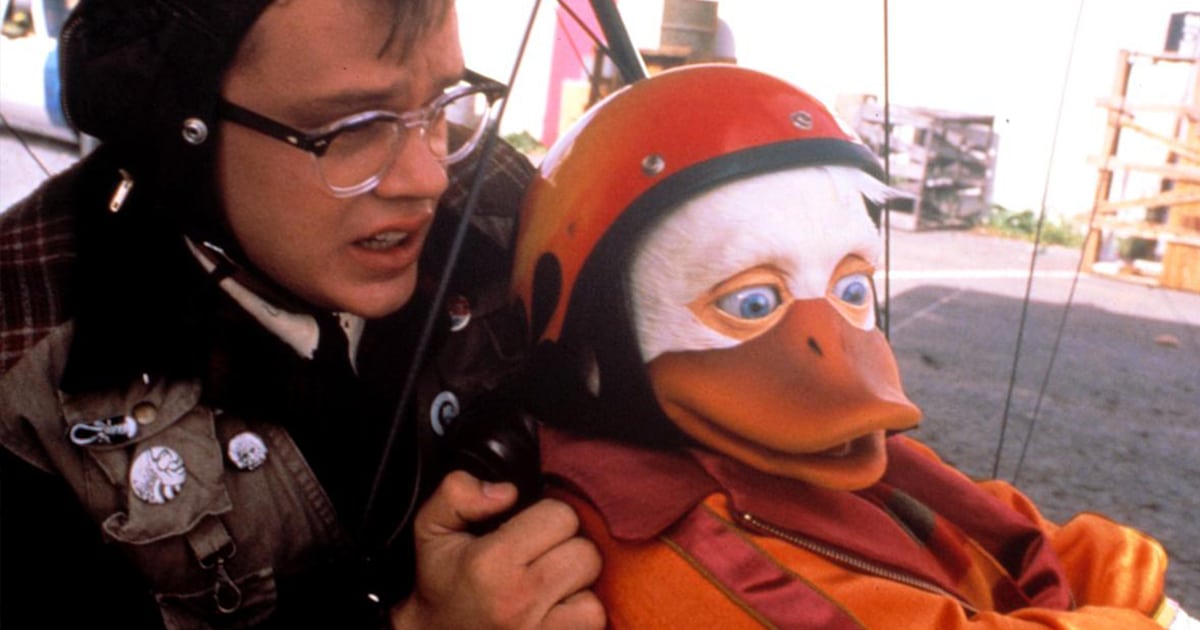
Howard the Duck was the first major studio movie based on a Marvel comic book. Today, comic book movies are a multi-billion dollar industry, but one thing remains unchanged: the original creators of the comics are usually given little creative input, and even less monetary compensation. This was certainly the case for Howard’s creators, writer Steve Gerber and artist Val Mayerik.
Mayerik recalls that he and Gerber “talked about the film before it was out. He didn’t have terribly high hopes for it, and wasn’t involved at all. He wasn’t a consultant. My initial response was, ‘Oh man, this isn’t going to work.’ I just had a feeling it was going to be silly and they weren’t going to get the edge that Steve put in it in the books.”
9. John Barry composed the original score, but a lot of his music was replaced
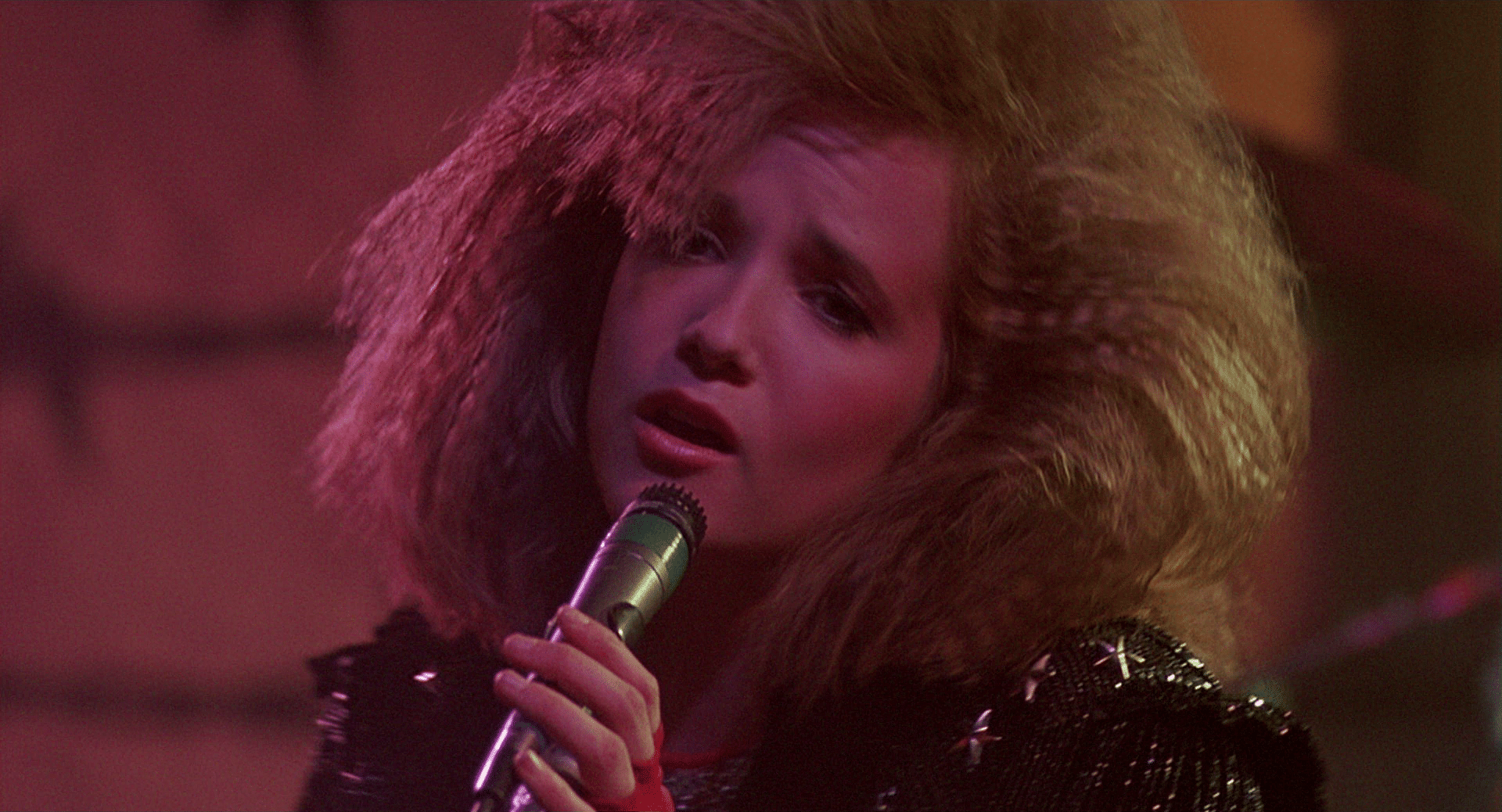
A big name in movie music was enlisted to provide the score of Howard the Duck: none other than John Barry, the renowned British composer responsible for the soundtracks of most of the James Bond films, amongst many other major films over more than four decades. However, it seems Barry’s work for Howard the Duck didn’t quite fit the bill (no pun intended).
While much of Barry’s original score does remain in the completed film, a lot of it was thrown out and replaced with more contemporary music by Sylvester Levay. The Hungarian keyboard player had arranged the soundtrack for Scarface, and collaborated with Giorgio Moroder on Flashdance. Levay’s other score credits include Sylvester Stallone’s Cobra and the TV series Airwolf.
8. Robin Williams was cast to voice Howard, but quit after a week
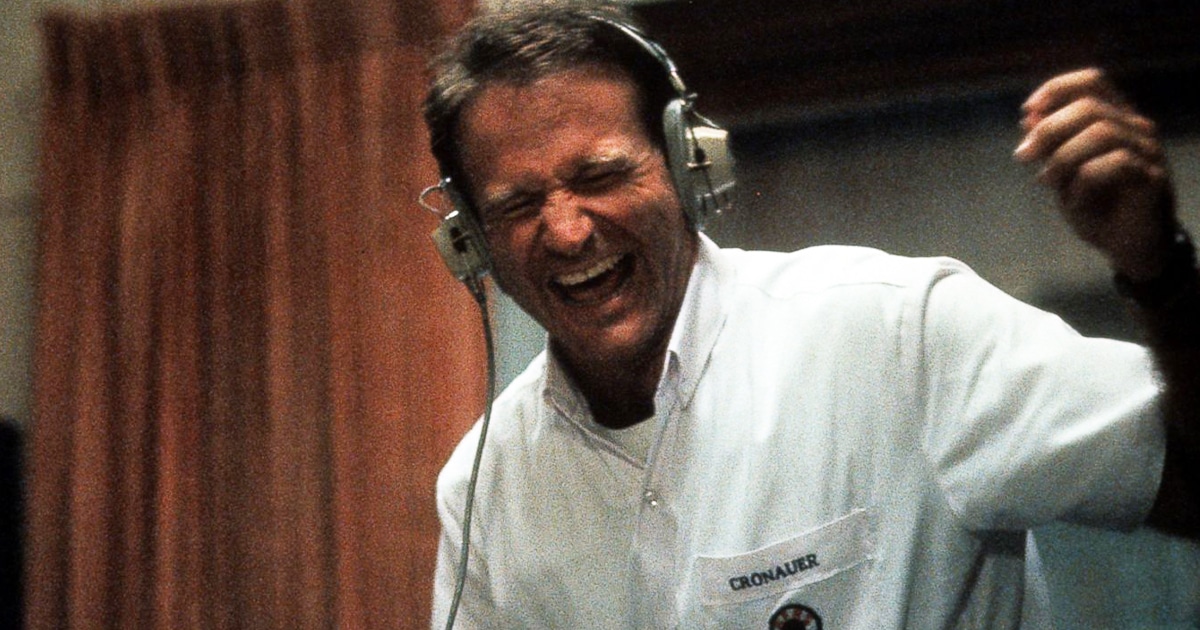
Comedy legend Robin Williams (who would later make a big splash as a voice actor on Disney’s Aladdin) was the original choice to provide the voice of Howard. However, as Williams’ distinctive comedic style hinged heavily on him being able to improvise, the actor felt he was “being handcuffed in order to match the flapping duck’s bill.”
Williams quit after working on the film for a week. A number of other well-known actors were also under consideration to provide Howard’s voice, including Martin Short and John Cusack, but in the end the job went to the comparatively lesser-known Chip Zien, a successful Broadway actor who had not worked extensively in film before.
7. Lea Thompson refused to shoot the bedroom scene with Jordan Prentice
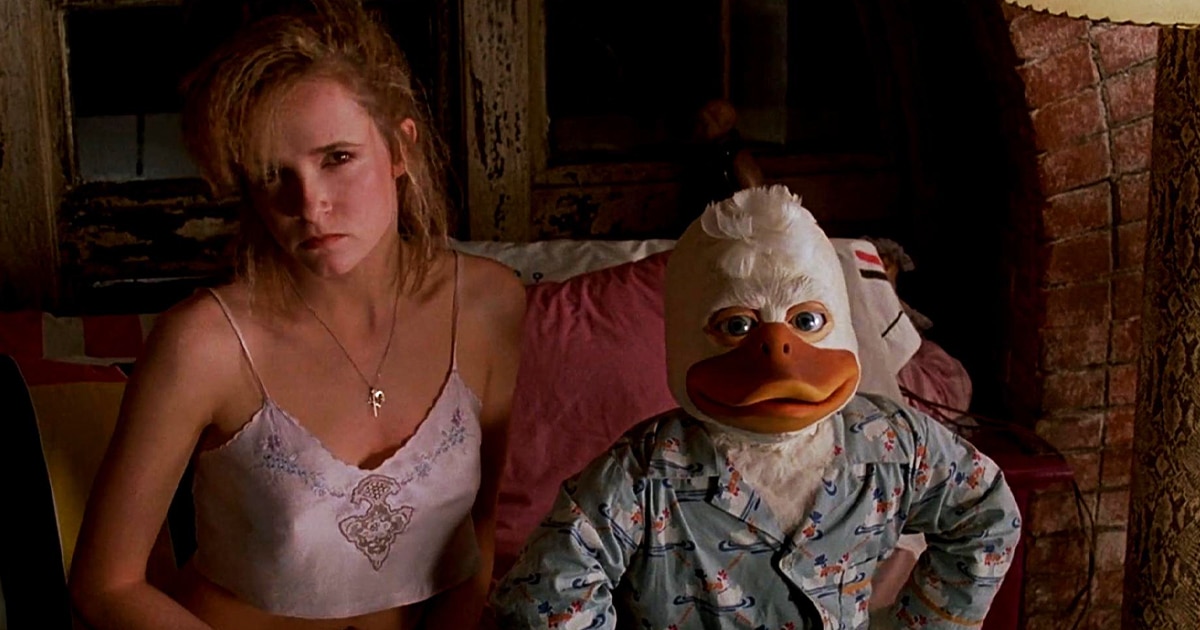
While Howard’s dialogue was overdubbed by Chip Zien later, on set the character was played by two dwarf actors, Ed Gale and Jordan Prentice. This proved to be cause for concern at times, as Prentice (who has since been seen in Mirror Mirror and In Bruges) was only 12 years old at the time; and though Howard the Duck may be a PG-rated film, at times it explores somewhat mature themes.
Probably the most controversial scene in Howard the Duck features Howard and Beverly sharing a bed, with a heavy implication that things are about to get amorous. Understandably, Lea Thompson was adamant that the young Prentice should not be in the Howard suit for this scene. Prentice himself has since said, “I didn’t care whether or not I did that scene, but my guardian was really against it.”
6. Mel Brooks cast Ed Gale in Spaceballs on the strength of his work in Howard the Duck
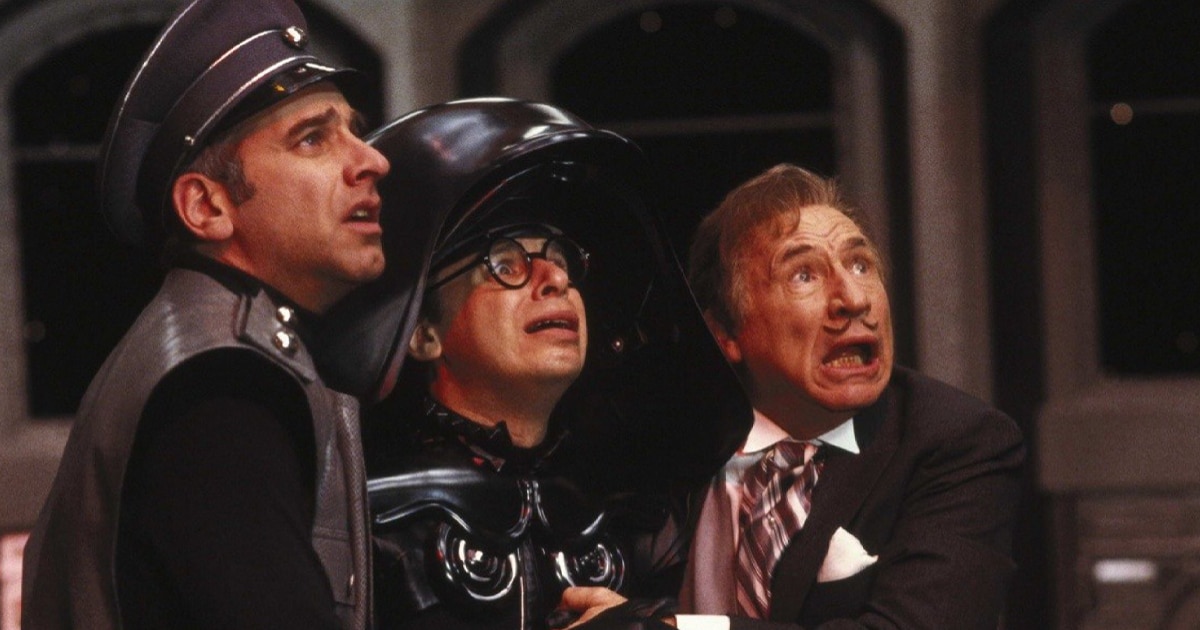
Howard the Duck may have become the punchline of every joke in Hollywood for a number of years after its release, but it did land one of its key cast members a role in another major movie. That was actor Ed Gale, who shared the title role of Howard with Jordan Prentice. Gale would later be cast in Spaceballs based on his association with Howard the Duck.
A broad parody of the Star Wars movies, Spaceballs was directed and co-written by comedy legend Mel Brooks. On meeting Gale, Brooks reportedly remarked, “Anybody who was in Howard the Duck can be in my movie.” As a result, Gale was cast as one of the Dinks, the Jawa-like creatures featured on Spaceballs’ sand planet.
5. The film’s box office failure inadvertently resulted in the formation of Pixar
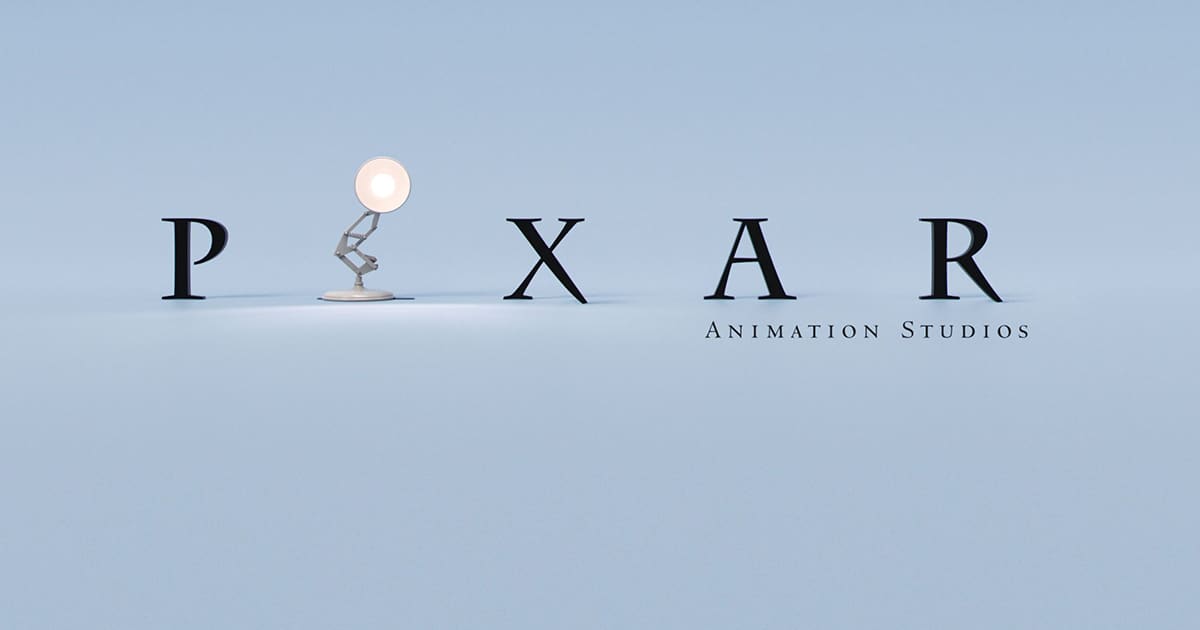
George Lucas may now be one of the wealthiest filmmakers ever, but in the mid-80s he was dealing with some financial struggles. Lucas had lost a substantial amount of money in his divorce from Marcia Lucas, and was also in debt after building his lavish Skywalker Ranch facility. As might be expected, the commercial failure of Howard the Duck only made things worse, leaving Lucas no choice but to sell off some of his assets.
One such asset was the Graphics Group, the computer animation division of LucasFilm, which had failed to produce a usable CGI Howard. Members of this division joined forces with Apple CEO Steve Jobs with a view to breaking out on their own, paying Lucas $10 million to do so. This new company renamed themselves Pixar, and would soon become the pioneers of CG animation that we know today.
4. Howard was carefully designed to avoid any resemblance to Donald Duck

When production was underway on the Howard the Duck movie, the filmmakers found themselves having a similar concern to the creators of the Marvel comic: fending off breach of copyright claims from Disney, over the character’s potential for being confused with one of the signature characters of the animation pioneers, Donald Duck.
With this in mind, the team tasked with designing Howard consulted closely with the legal department at Disney to discuss what would and would not be deemed safe. The fact that both characters have white feathers and an orange bill was a minor concern. The shape of Howard’s bill was changed a number of times, as was his costume.
3. Filming massively overran because of problems with the duck suit
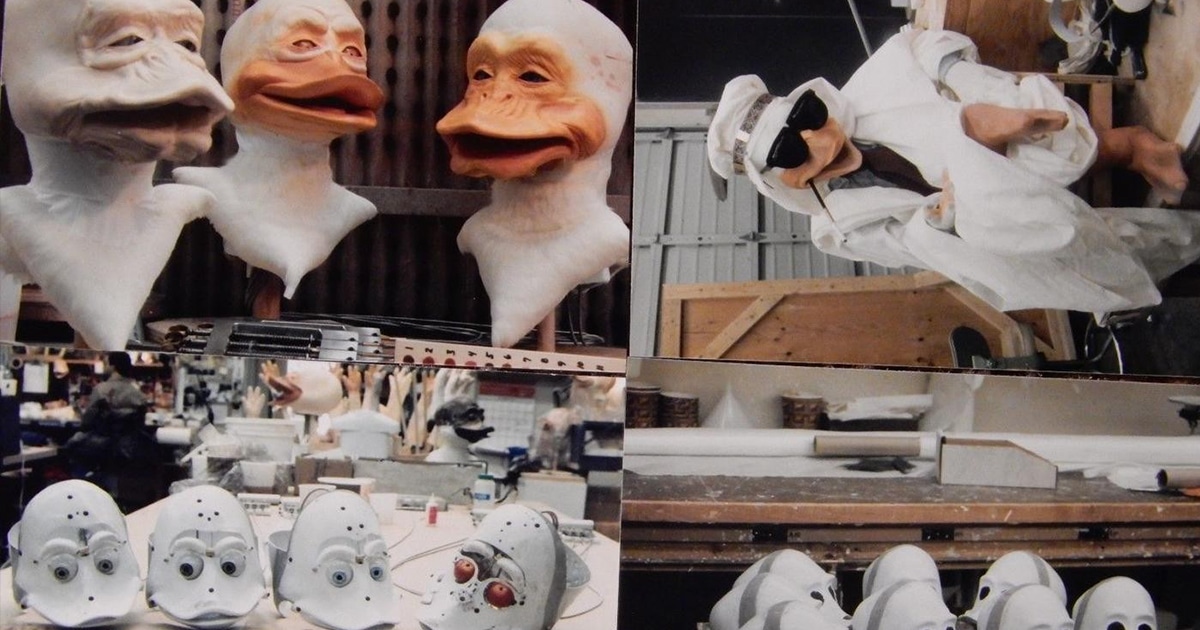
Notoriously, Steven Spielberg’s Jaws fell massively behind schedule (and subsequently went way over-budget) due to how frequently the mechanical shark broke down – and the shark wasn’t even in every scene. Contrast that with Howard the Duck, in which the titular non-human character is on camera most of the movie, and it’s hardly surprising the Howard filmmakers had similar problems.
The shoot wound up taking six months, far longer than originally planned, and this was almost entirely down to problems with the duck suit. Willard Huyck recalls, “the first day we shot the duck, its mouth opened so wide that all the flesh tore and you could see inside. It was like the Terminator. I just thought, ‘Oh man, this is going to be tough.'”
2. Being in the suit was nightmarish for the Howard actors
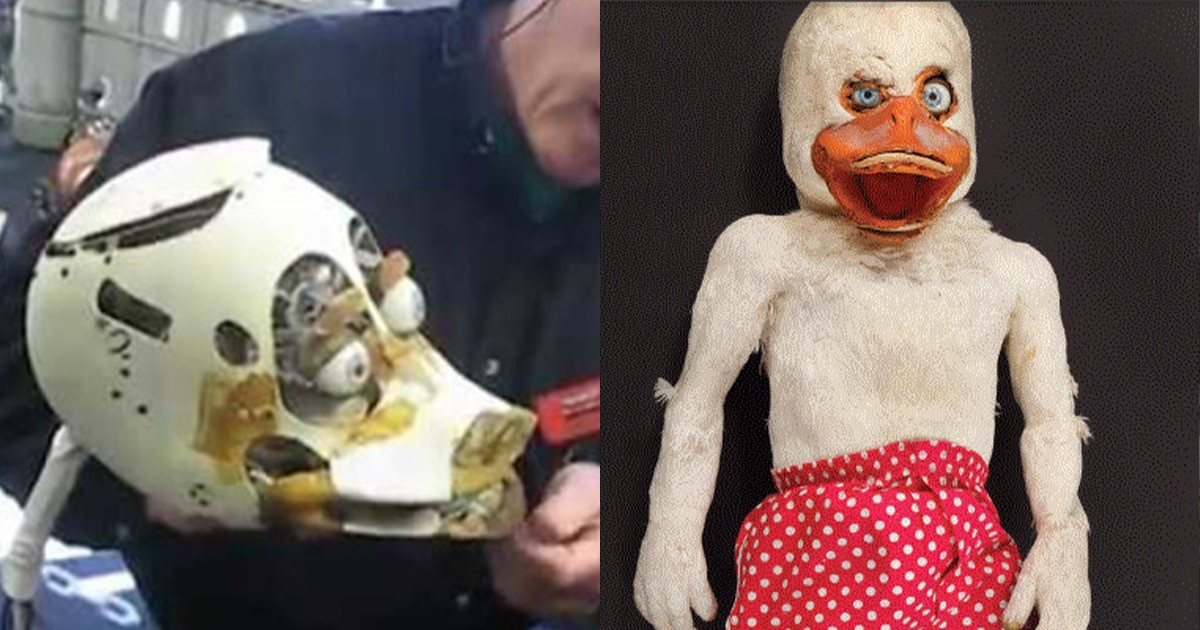
As tough as dealing with the duck may have been for the cast and crew, it was surely even less fun for the poor souls in the suit. Jordan Prentice recalls that the filmmakers had originally tried casting even younger dwarf children than himself in the role, but the psychological pressure of being in the suit was too much: “They were frightened. One of them even peed his pants while working in the costume.”
Of his own time in the suit, Prentice recalls, “the eyes would fog up very easily. It was really difficult to see out of them, probably 75 percent of the time. They took to putting a hair dryer in the mouth with the heating coil removed so it would cool me down and, hopefully, de-fog the eyes. In addition to that, the servos were quite close to my face, running along my cheek. I could hear them going, “whirr, whirr, whirr,” and at times they would heat up and it would be painful.”
1. Jordan Prentice was accidentally set on fire in the final showdown scene
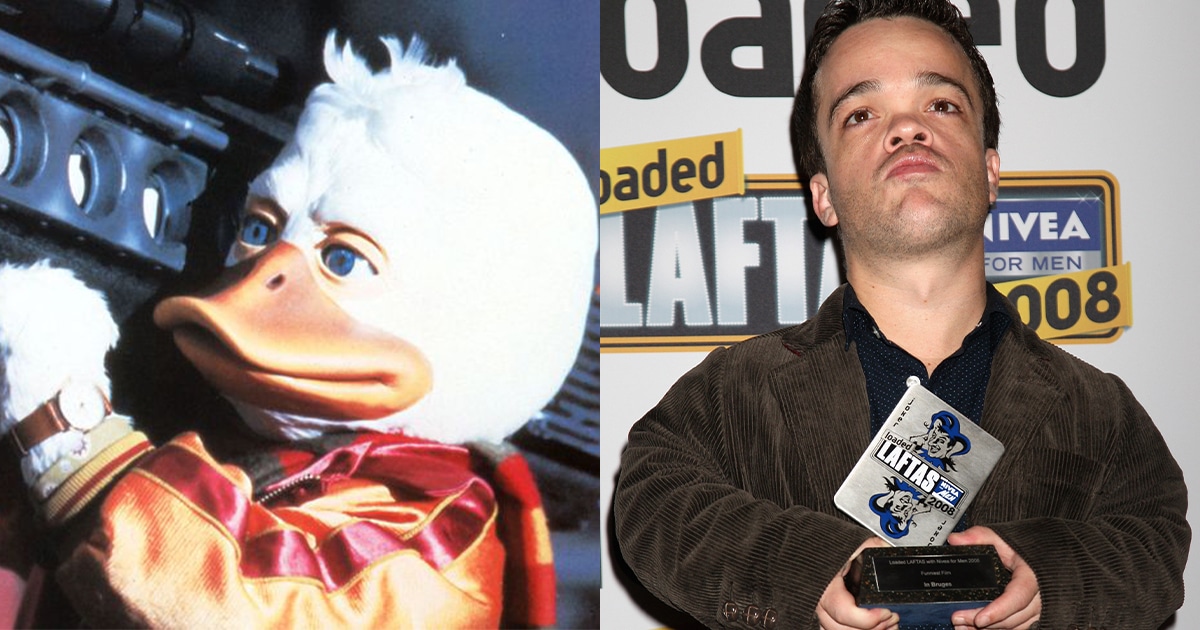
Dealing with the complex mechanics of the duck suit was of course just one of the issues facing the filmmakers. On top of that, they still had the usual risks associated with making a large-scale, action-oriented movie featuring stunts and special effects, and at one point this nearly resulted in catastrophe for the young Jordan Prentice.
Prentice recalls that when they were shooting the final showdown in which Howard faces off against the evil Dark Overlord whilst driving a golf cart, “I drove through a series of timed explosives and I could hear my guardian scream, ‘Feathers! Feathers!’… She was not the most street-savvy person. The feathers on my head had caught fire from one of the explosives, and instead of yelling ‘Fire!,’ she yells, ‘Feathers!’” Thankfully, those flames were quickly extinguished.

